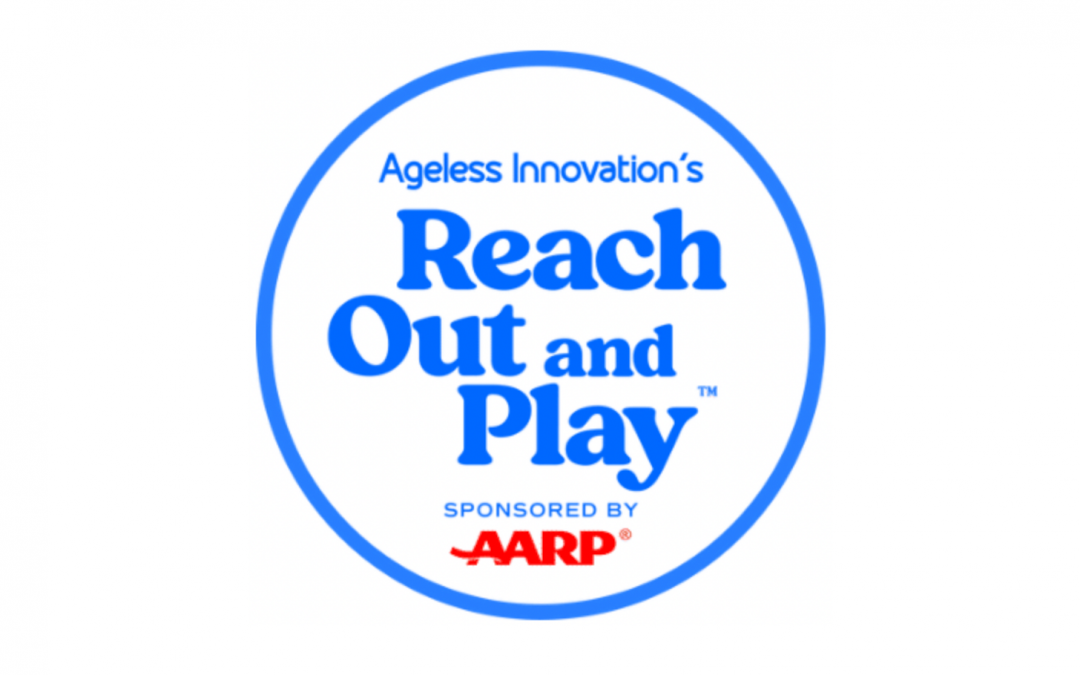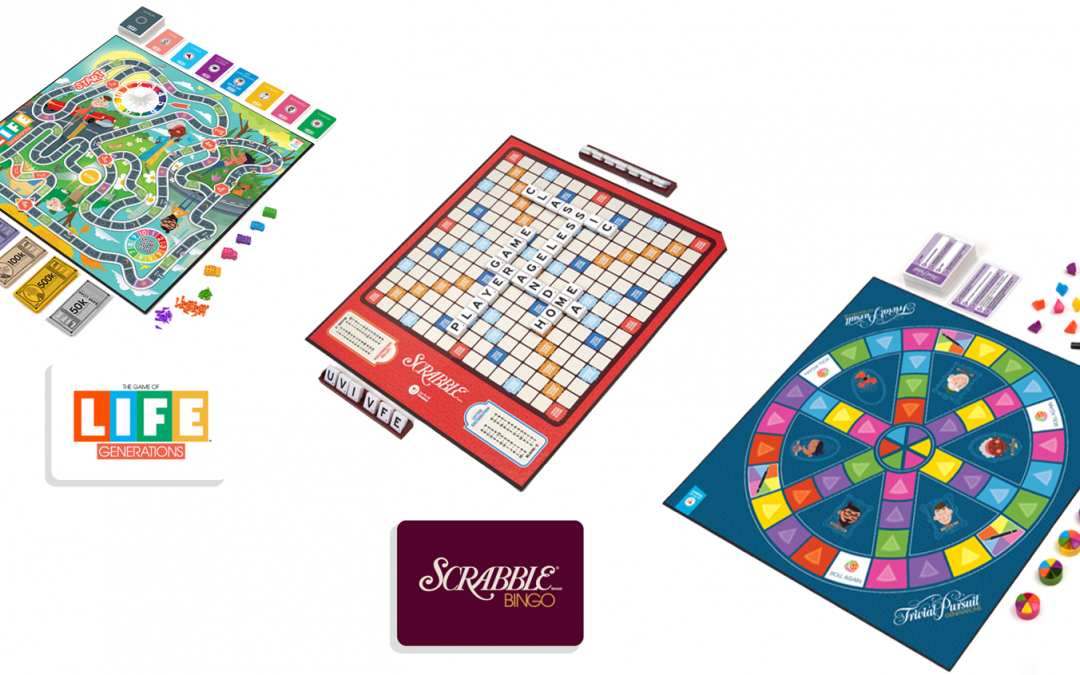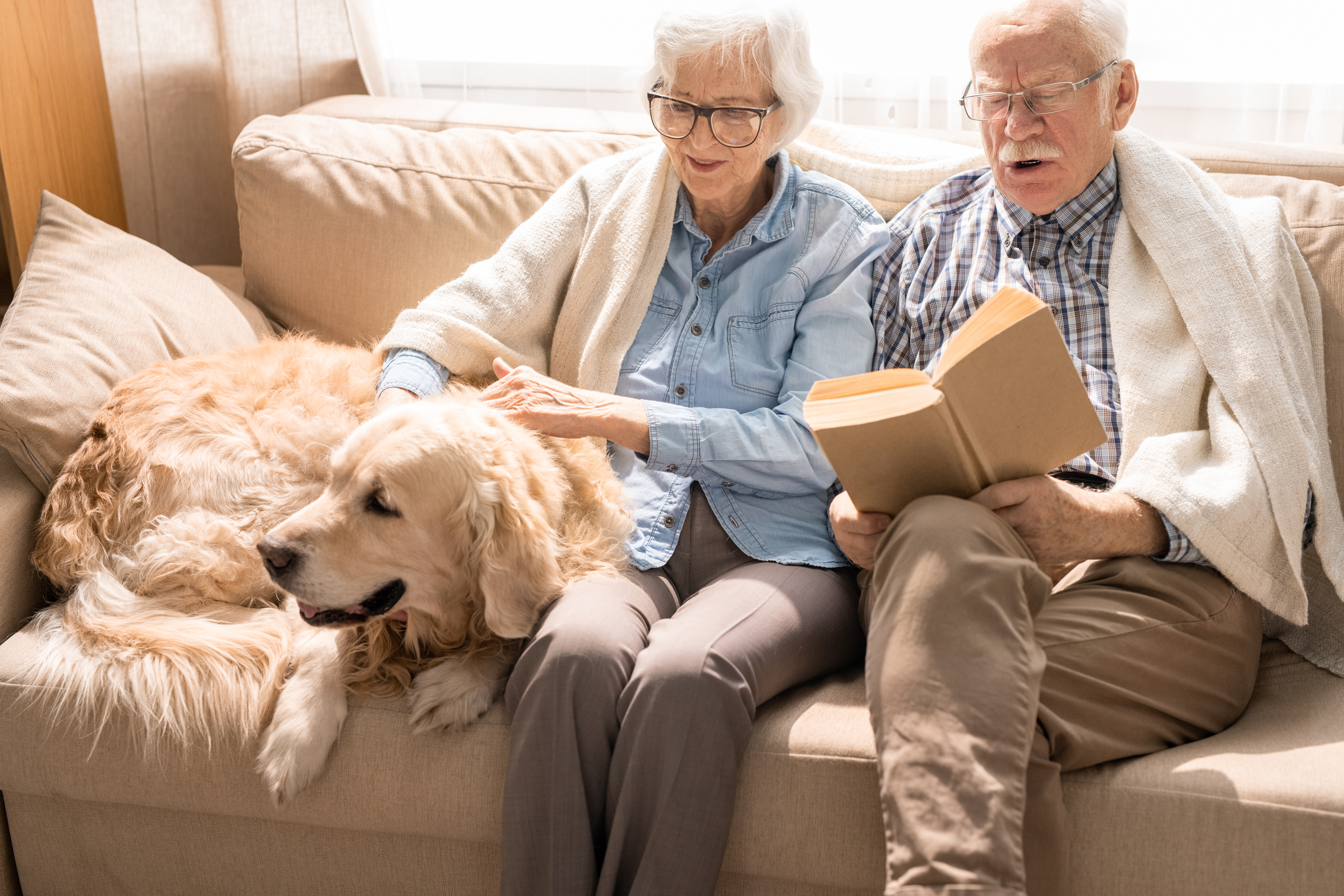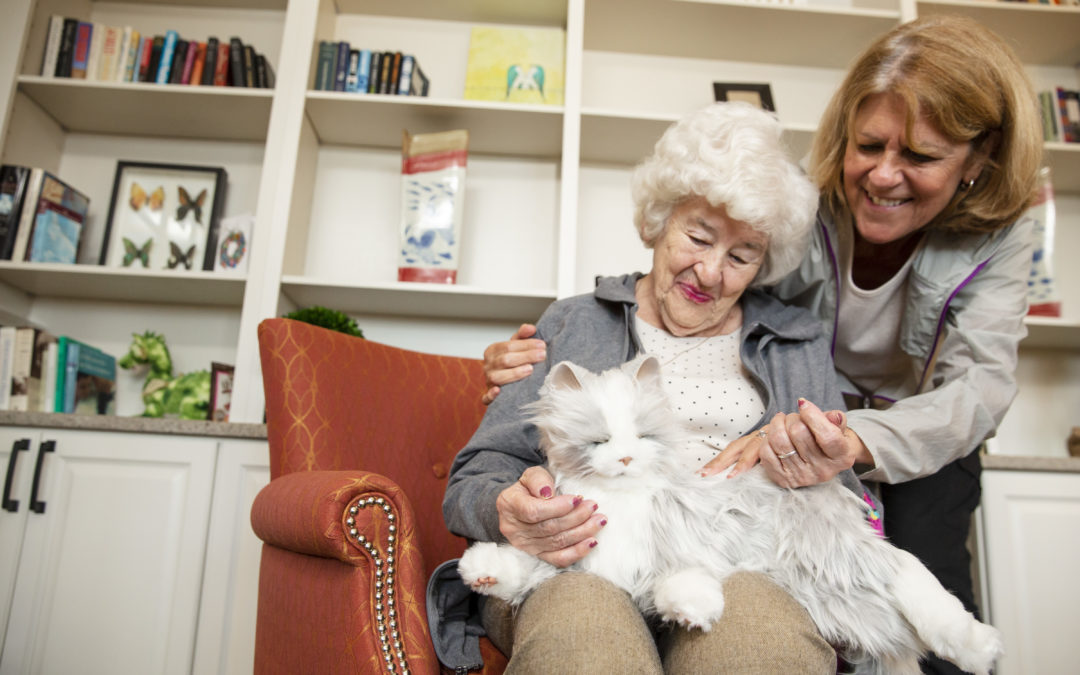
Aug 23, 2023 | Announcements
To combat this concerning trend, Ageless Innovation, a global company devoted to reimagining how we positively live and age together through the power of play, created the Reach Out and Play initiative. Alongside AARP, hundreds of game-filled events will be organized to rally people of all ages to come together and celebrate older adults, driving meaningful connections through play that is inclusive of all generations.

May 4, 2023 | Announcements
Announced as Hasbro’s first-ever licensee focused on creating play experiences for older adults, Ageless Innovation aims to encourage intergenerational play via reimagined Hasbro Gaming properties; Games will feature easy to grasp pieces, easy to read content, and intergenerational storylines.

Dec 9, 2022 | Research
Abstract
Purpose
Differences in depression and loneliness, during the COVID-19 pandemic, for older adults with mild to moderate dementia living in residential care after interacting with a robotic companion dog or cat were explored. Experiences of family members and professional caregivers were also examined.
Design
This study used a mixed research design with pre- and post-questionnaires on depression and loneliness.
Method
Quantitative data exploring the impact of companion pets on depression and loneliness were collected from participants pre-intervention and at 3- and 6-week intervals. Qualitative data were collected during the 6-week study period, permitting researchers to explore the impact of robotic companion pets on participants, family members, and professional caregivers.
Findings
Results indicated depression (χ2F(2) = 21.29, p < 0.001) and loneliness (χ2F(2) = 21.11, p < 0.001) improved. Moreover, participants were engaged with their companion pet, providing meaningful, activity and positive experiences.
Conclusions
Robotic companion pet therapy, a holistic, nonpharmacologic animal-assisted therapy (AAT), changed the AAT landscape at the study site and provided an alternative option to live pet therapy during COVID-19. Participant interactions with their robotic companion pets enhanced their well-being and quality of life, especially during stringent COVID-19 restrictions and social isolation.
Read the study

Nov 1, 2022 | Announcements
Ageless Innovation, a solutions-based company committed to positively impacting the lives of older adults and their care partners through the power of play, today announced the delivery of their 500,000th Joy for All™ Companion Pet. The award-winning collection of animatronic Pets, inclusive of three cats, two pups and a recently released bird, aim to alleviate leading issues among older adults including social isolation, loneliness, and cognitive decline, by delivering joy, fun and happiness to improve quality of life.

Aug 24, 2022 | Research
Abstract
Background
Robot pets may assist in the challenges of supporting an aging population with growing dementia prevalence. Prior work has focused on the impacts of the robot seal Paro on older adult well-being, but recent studies have suggested the good acceptability and implementation feasibility of more affordable devices (Joy for All [JfA] cats and dogs).
Objective
We aimed to address the limited effectiveness research on JfA devices.
Methods
We conducted an 8-month, stratified, cluster randomized controlled trial in 8 care homes in Cornwall, United Kingdom. Over 4 months, 4 care homes each received 2 JfA devices (1 cat and 1 dog; intervention group), and 4 homes received care as usual (control group).
Psychometrics were collected before and after the intervention to compare the change from baseline to follow-up between the groups. In the final 4 months, all 8 care homes received devices, but only qualitative data were collected owing to COVID-19 and reduced capacity. The primary outcome was neuropsychiatric symptoms (Neuropsychiatric Inventory [NPI] Nursing Home version). Care provider burden was a secondary outcome (occupational disruptiveness NPI subscale), alongside the Challenging Behavior scale, the Holden communication scale, the Campaign to End Loneliness questionnaire, and medication use.
Qualitative data were collected through care staff observation calendars and end-of-study interviews to understand use, experience, and impact. We also collected demographic data and assessed dementia severity. In total, 253 residents had robot interaction opportunities, and 83 were consented for direct data collection.
Results
There was a significant difference in the total change from baseline to follow-up between the intervention and control groups for NPI (P<.001) and occupational disruptiveness (P=.03). Neuropsychiatric symptoms increased in the control group and decreased in the intervention group. No significant difference was seen for communication issues or challenging behavior. For NPI subdomains, there were significant differences from baseline to follow-up in delusions (P=.03), depression (P=.01), anxiety (P=.001), elation (P=.02), and apathy (P=.009), all of which decreased in the intervention group and increased slightly in the control group. The summative impact results suggested that most residents (46/54, 85%) who interacted with robots experienced a positive impact. Those who interacted had significantly higher dementia severity scores (P=.001). The qualitative results suggested good adoption, acceptability, and suitability for subjectively lonely individuals and lack of a novelty effect through sustained use, and demonstrated that the reasons for use were entertainment, anxiety, and agitation.
Conclusions
Affordable robot pets hold potential for improving the well-being of care home residents and people with dementia, including reducing neuropsychiatric symptoms and occupational disruptiveness. This work suggests no novelty effect and contributes toward understanding robot pet suitability. Moreover, interactions were more common among residents with more moderate/severe dementia and those subjectively lonely.
Read the study





